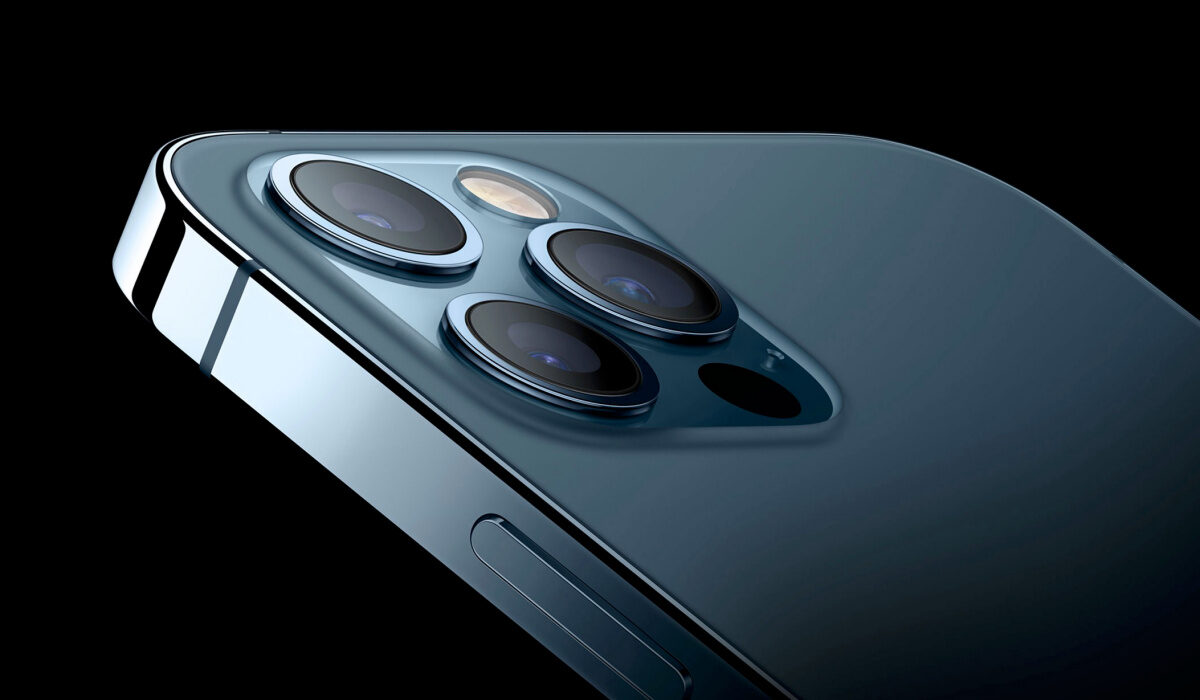First, the way image stabilization in smartphone cameras has been done till now is optical. Remember the term, Optical Image Stabilization (OIS)? Tons of phones use that to keep things smooth during image and video capture. Sensor-shift image stabilization is a departure from the optical system. Both systems harness the power of the accelerometer such that whenever there is a shake or jerk while in use, the camera moves (or shifts/adjusts) in real time to counteract those and leave the sensor stationary in relation to the image. However, SIS and OIS utilize the principle differently.
Sensor-Shift Image Stabilization vs Optical Image Stabilization
With optical image stabilization (OIS), the lens unit of the camera moves around, with the help of magnetic elements, and is capable of moving up to 1,000 times a second.With sensor shift stabilization, instead of the lens unit moving, it is the sensor that moves around, and is able to move much faster than the lens does in OIS. Sensor shift lens movement is up to 5,000 movements per second.
Benefits of Sensor-shift image stabilization
The sensor in a camera is smaller and lighter than the lens. Because the movements or adjustments that happen in sensor shift image stabilization are more precise – involving only the sensor – the system is able to produce better results. The sensor-shift system is said to be particularly beneficial for low-light photography where a tripod or other stand is not available. Sensor-shifting image stabilization could also result in better shots with attachable lens accessories. If OIS is able to make 1,000 adjustments per second and SIS is able to make 5,000, does it mean that cameras that use the latter produce photos with five times smoothness than those that use OIS? Not at all; that isn’t how things work out. The difference in results are there to see, but they are definitely massive differences. In 2020, Apple introduced sensor-shift image stabilization system in the iPhone 12 Pro Max model only. It was not included in the other iPhone 12 models. However, in 2021, all the iPhone 13 models were equipped with the new technology.
Don’t miss our mobile phone reviews.Follow our news on Google News.Join our WhatsApp Group, to be notified of the most important articles and deals,Follow us on Instagram, Facebook, Twitter, and YouTube.
